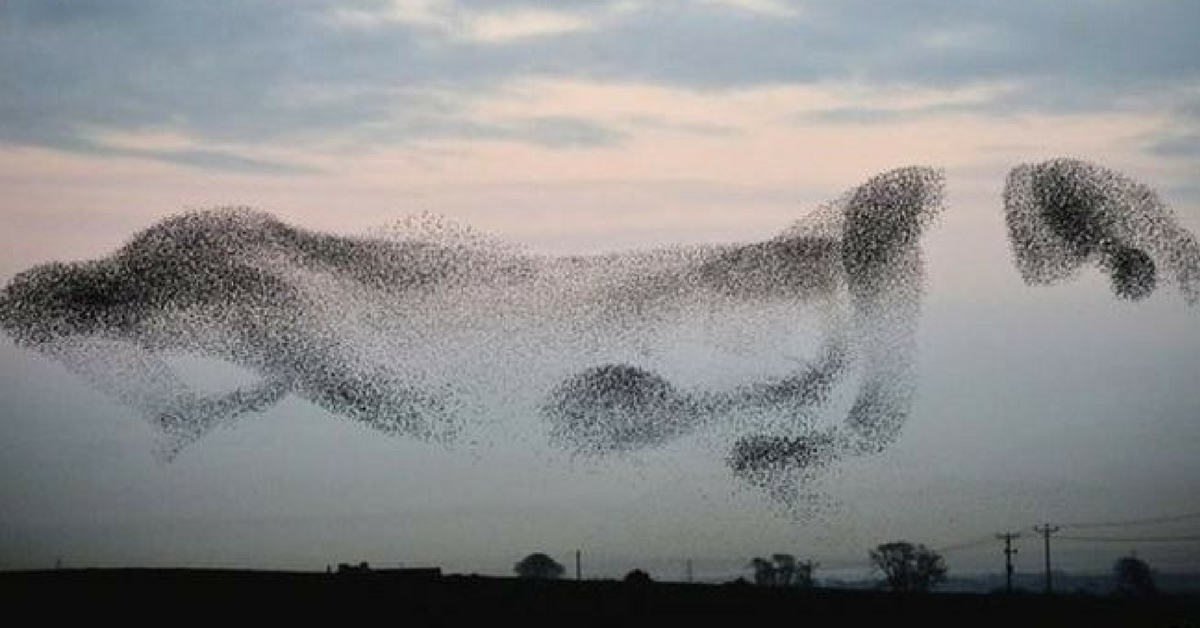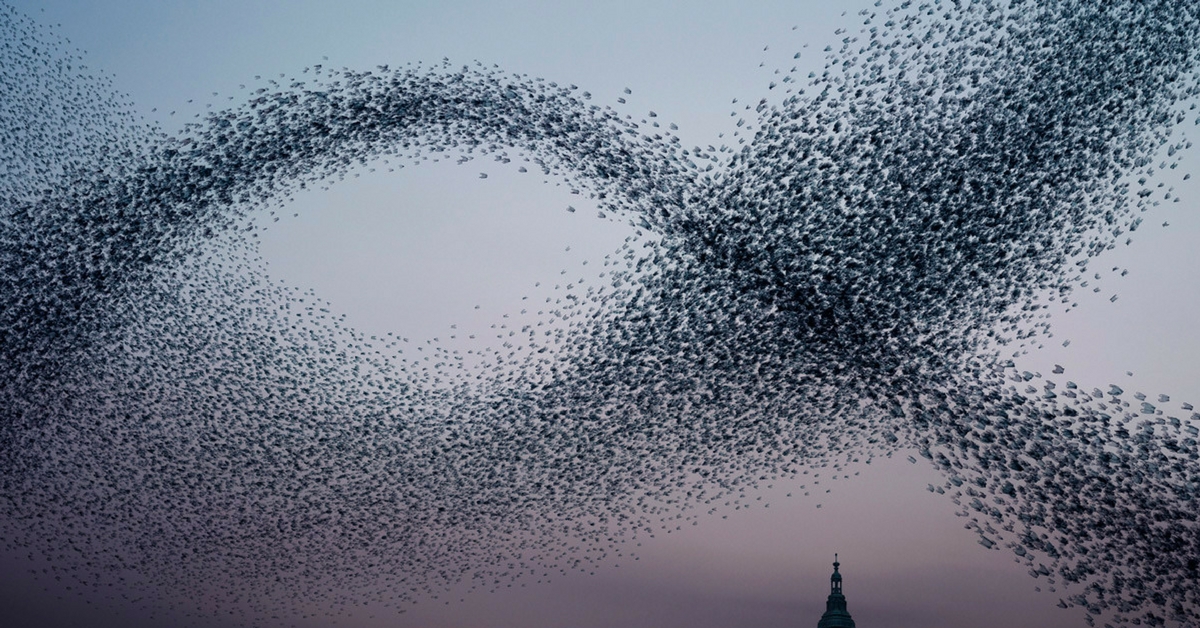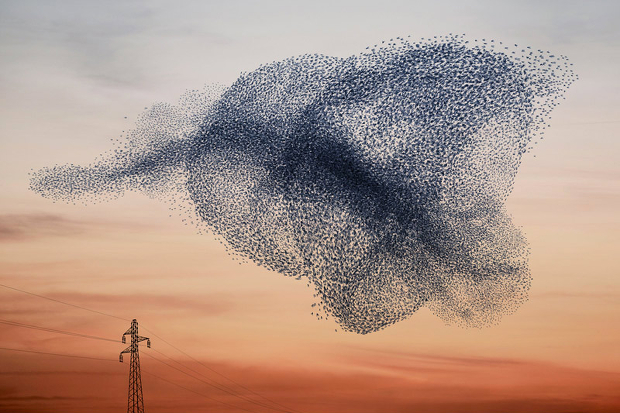Every year around this time, videos pour onto the web of a truly breathtaking performance, put on by some of nature's most talented singers and - apparently- dancers.
We are all familiar with how flocks of birds often congregate in the skies above us, and we may have even seen strange shapes appear in their gatherings, but that is nothing compared to the starlings mating display.
Called a murmuration, starlings have been captivating audiences in the UK for years, but it wasn't until recently that scientists were able to pool their resources and figure out just how and, most importantly, why these birds create stunning wave-like patterns on our horizons.
There wasn't a lot of support to study their formations at first. Partly because not many people saw the value in the phenomenon, and also because the birds are seen as a pest to many who have to clean their cars up after them!
But as it turns out, the science behind it actually helps us understand a lot about our own world.
Two things are paradoxically clear from these videos. There is no definite structure to how the avian performers produce these spectacles, and yet there is clearly a complex pattern in play.
According to scientists, the seemingly coordinated dance that occurs with these birds draws from a principle called "critical transition." This is when a system that appears to be on the tipping point, suddenly shifts and completely transforms.
The process mimics the reaction of liquid turning into gas, and only works because of the connection that exists between each starling and every other.
Every bird turns when any other bird turns, and somehow, the larger picture that comes to shape is part of a system that could never be calculated - yet.
Researchers believe that the same forces are at work in the way neurons and other microscopic molecules form and divide.



